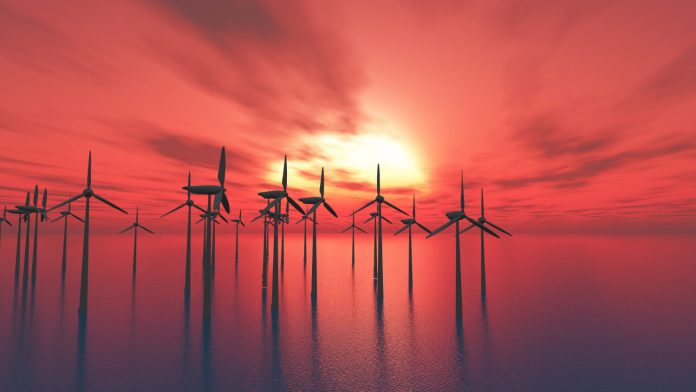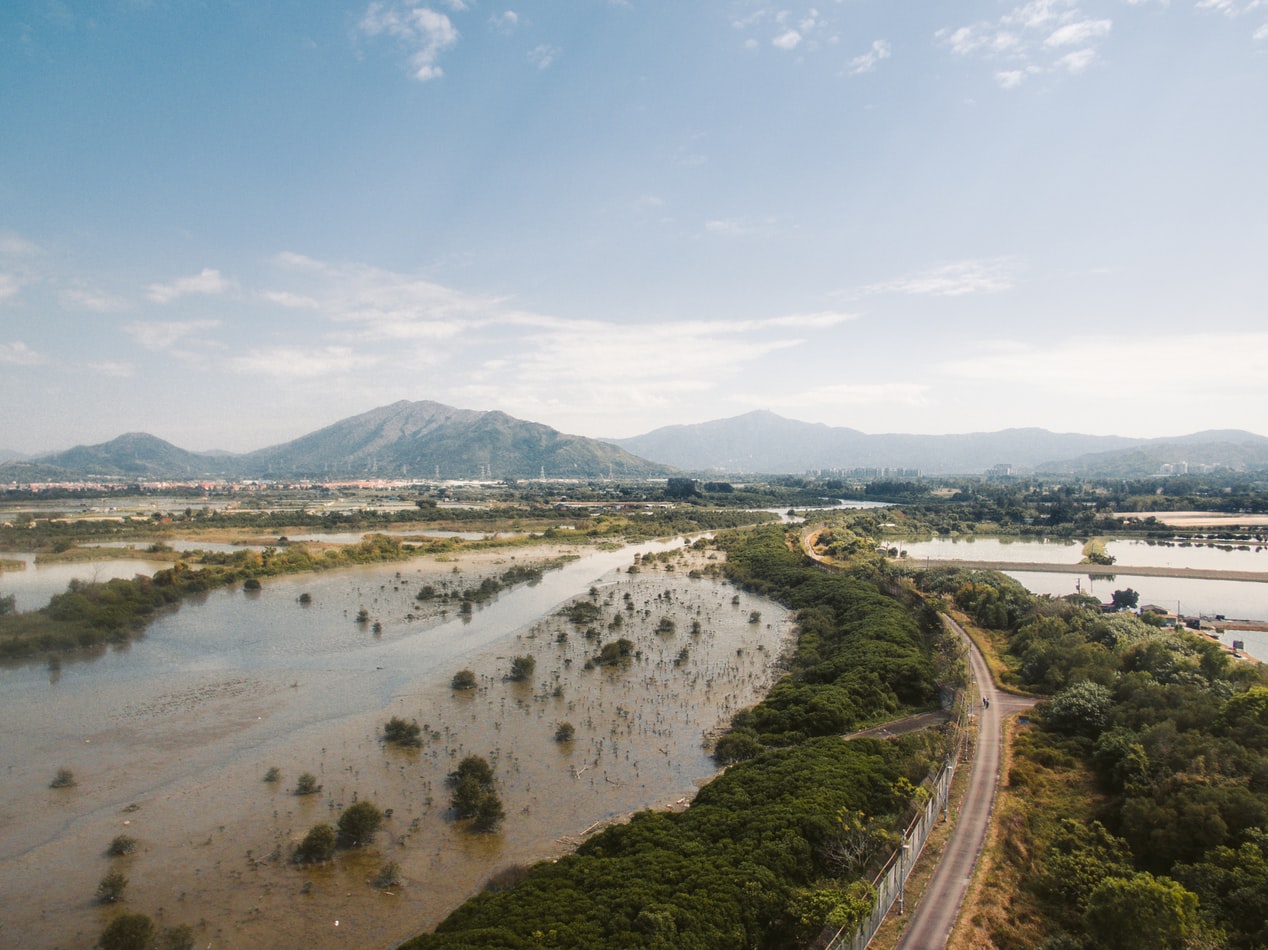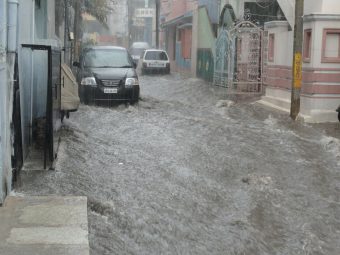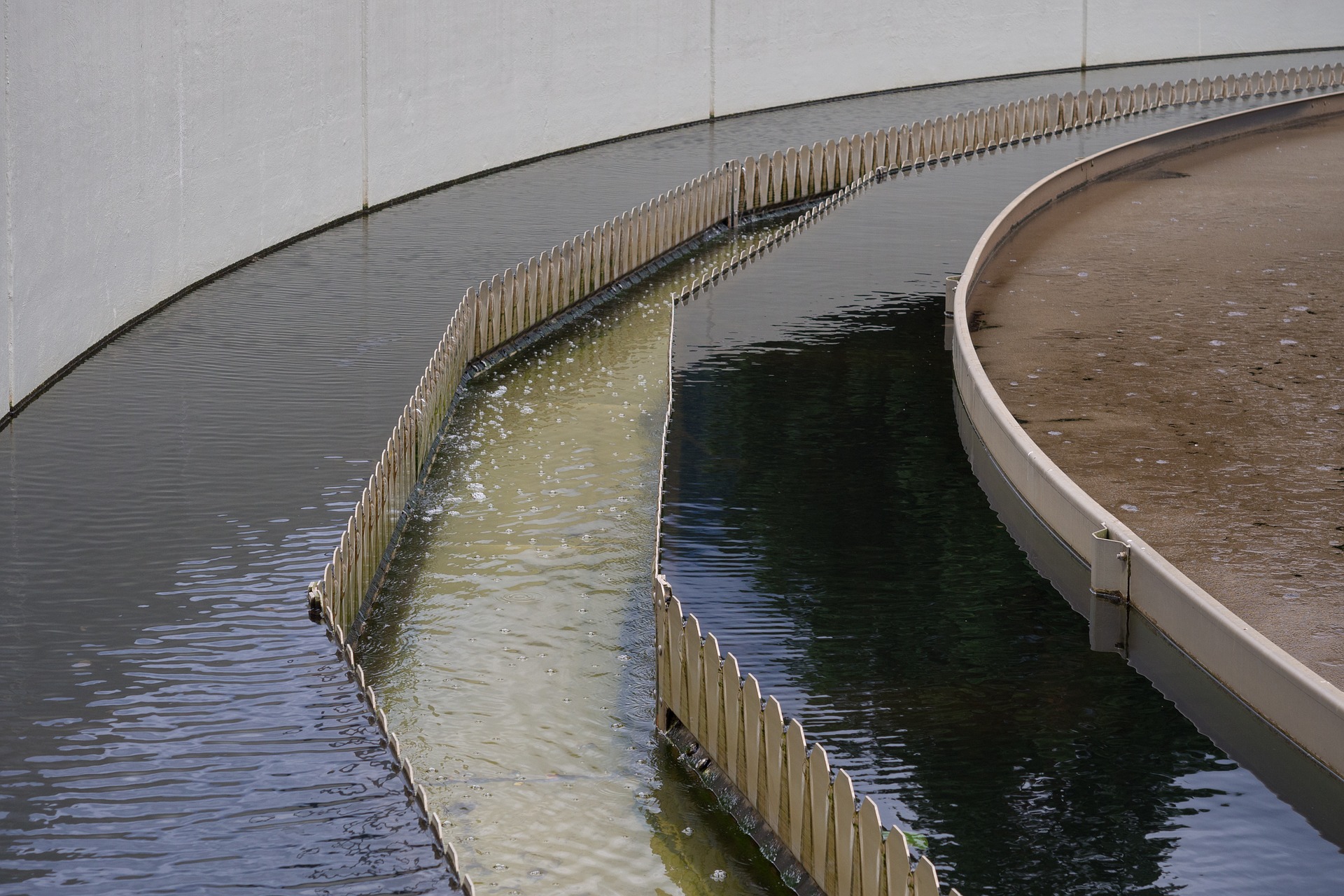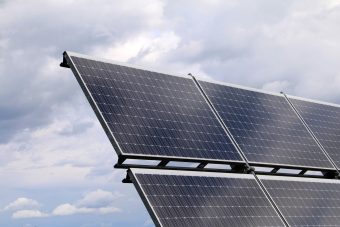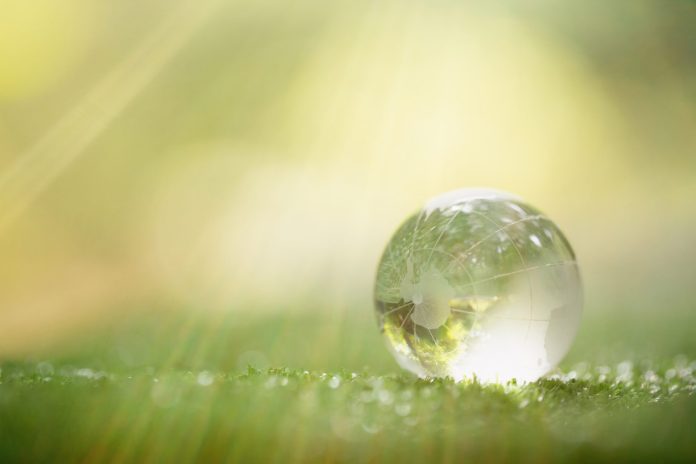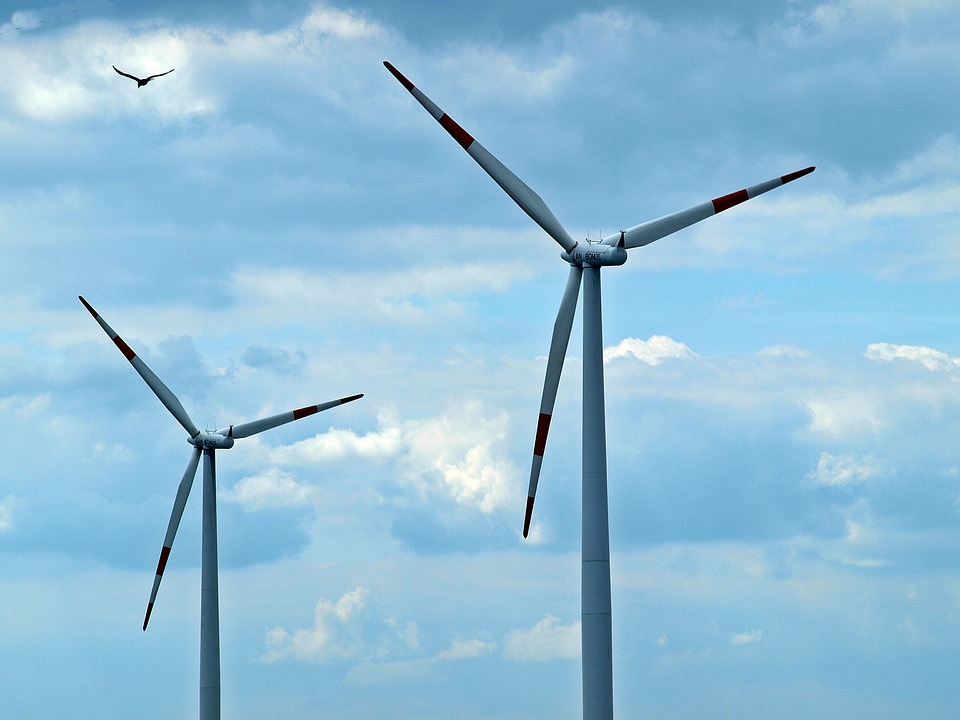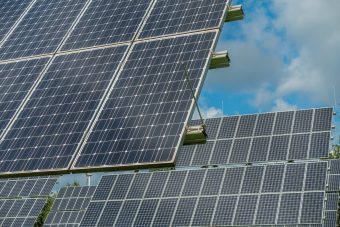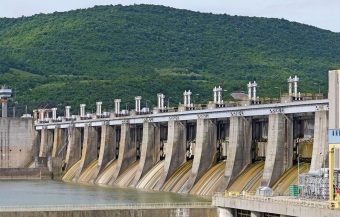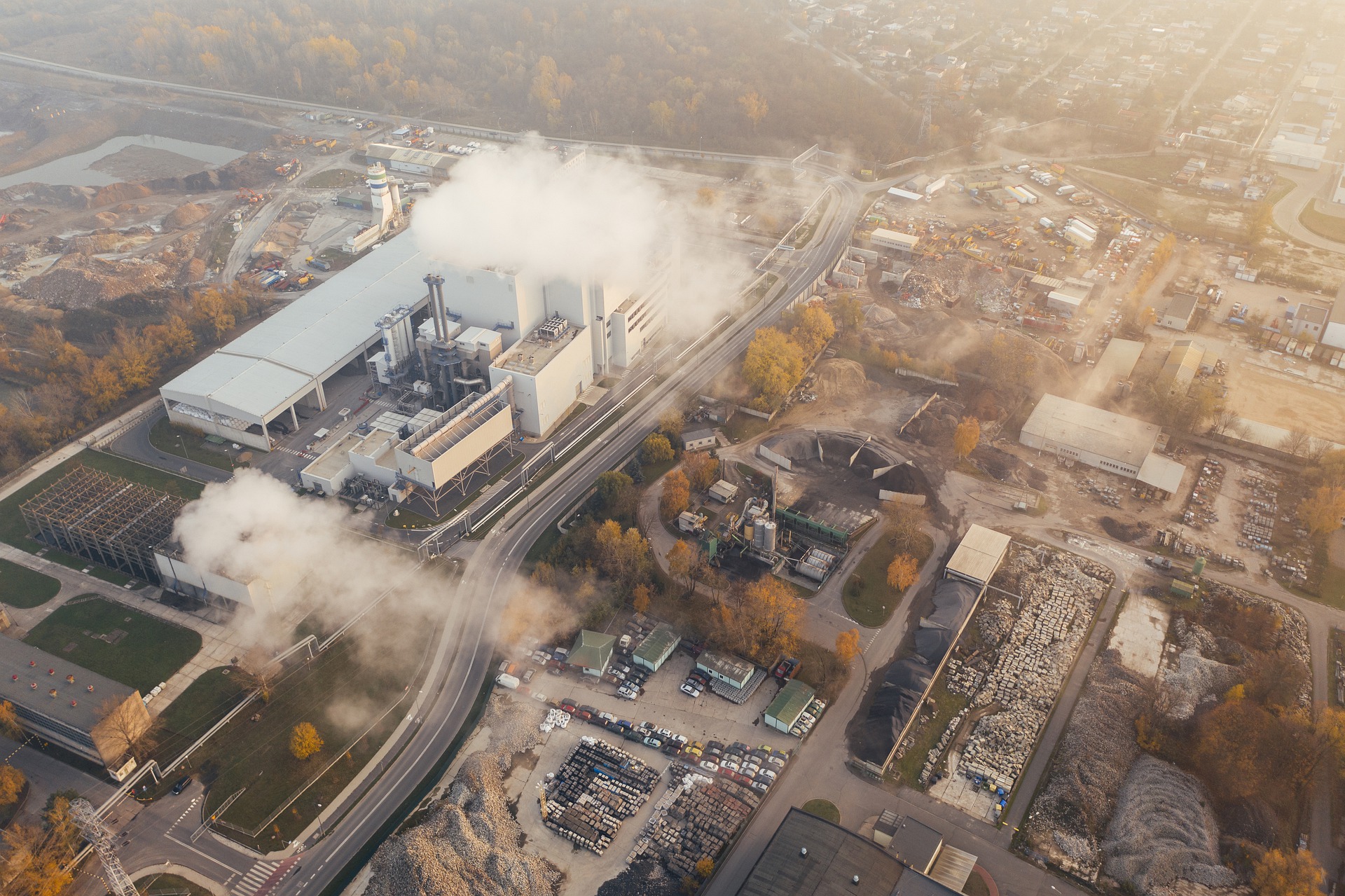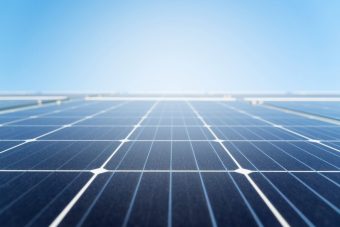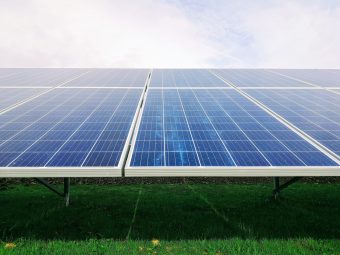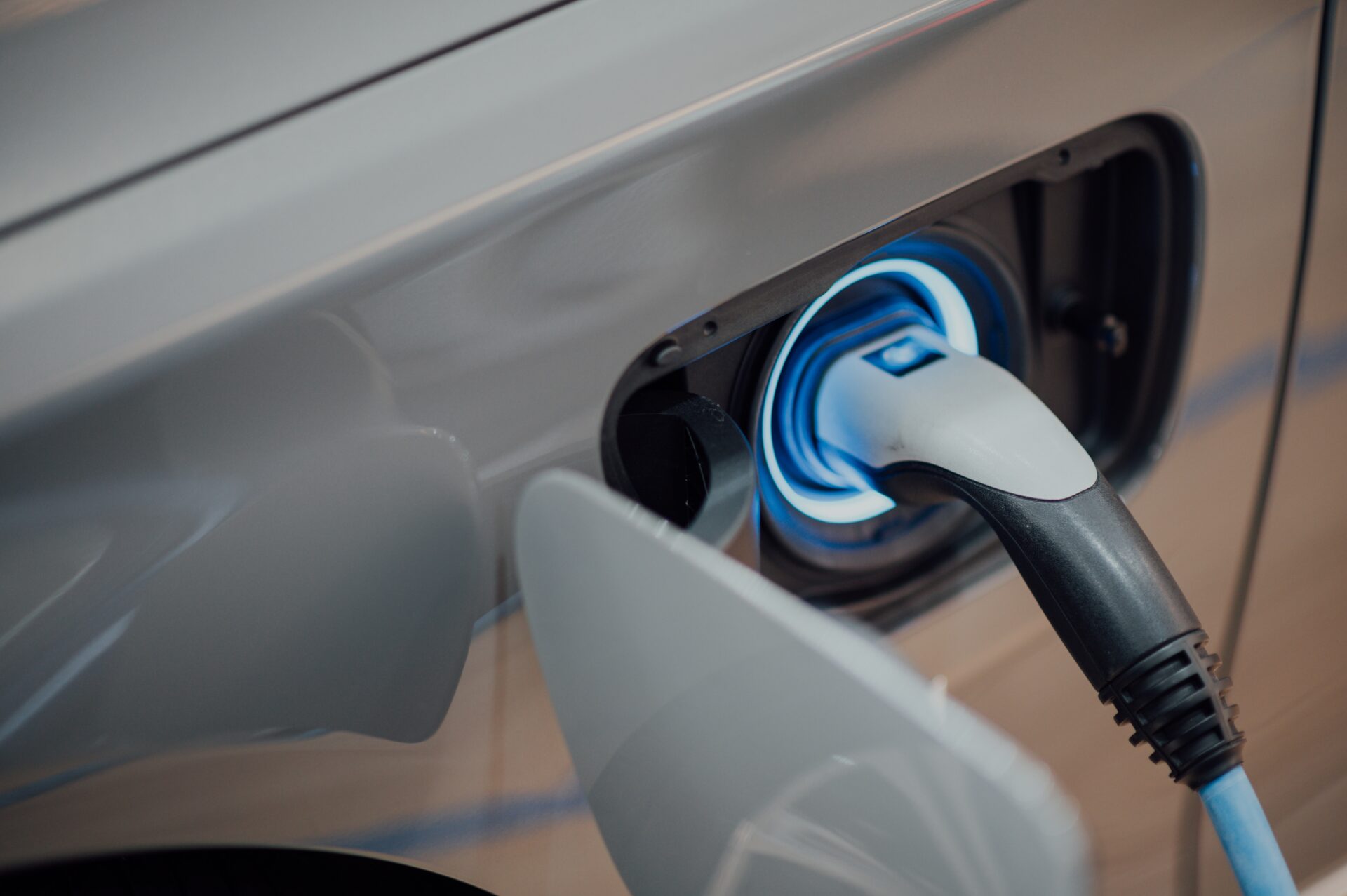The European Commission recently announced the results of a new call from the EU Innovation Fund, which, for the first time, focused solely on clean energy production. This call aims to support projects that will contribute to decarbonization and the development of new technologies in renewable energy. To advance the development of wind energy, out of a total of 85 projects, six were selected in this field, with at least four specifically related to offshore wind energy.
The allocated funds will contribute to building production capacities for key components of wind turbines. These projects include the production of next-generation drive trains, XXL towers for offshore wind farms, as well as new rotor designs and small to medium-sized wind energy systems.
Successful project locations are planned in Denmark, Germany, Poland, and Spain, further strengthening the competitiveness of the European Union’s industry in the global renewable energy market.
More:
- Germany Acts to Ensure Level Playing Field and Data Security in Wind Energy
- Europe’s Wind Supply Chain Continues Ramp Up to Meet EU Targets
- Wind Turbine Orders and Supply Chain Investments Are Up – But Urgent Action Is Required on Grids, Permitting And Auction Design
For a total of 85 innovative projects aimed at achieving net zero emissions, 4.8 billion euros has been allocated. It is planned that these projects will be implemented and become operational before 2030. During the first ten years of operation, they are expected to reduce CO₂ equivalent emissions by approximately 476 million tons.
The thematic areas within this call relate to five main topics, from the general decarbonization of large, medium, and small systems to the production of clean technology focused on renewable energy components, energy storage, heat pumps, and hydrogen production. Also included are projects related to deep decarbonization, aiming to achieve a reduction in greenhouse gas emissions by at least 75 percent compared to the reference scenario.
The EU Innovation Fund is one of the world’s largest programs for financing the demonstration of low-carbon technologies. By 2030, the Fund plans to allocate approximately 40 billion euros in total funding.

